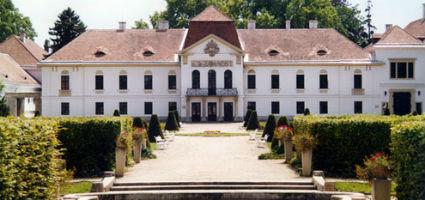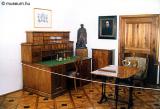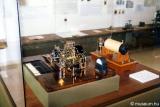2024. November 23. Saturday
István Széchenyi Memorial Museum - Nagycenk
 |
Address: 9485, Nagycenk Kiscenki u. 3.
Phone number: (99) 360-023
E-mail: soproni@gymsmuzeum.hu
Opening hours: 01.10-31.03.: Tue-Sun 10-17
01.04-30.09.: Tue-Sun 10-18 |

